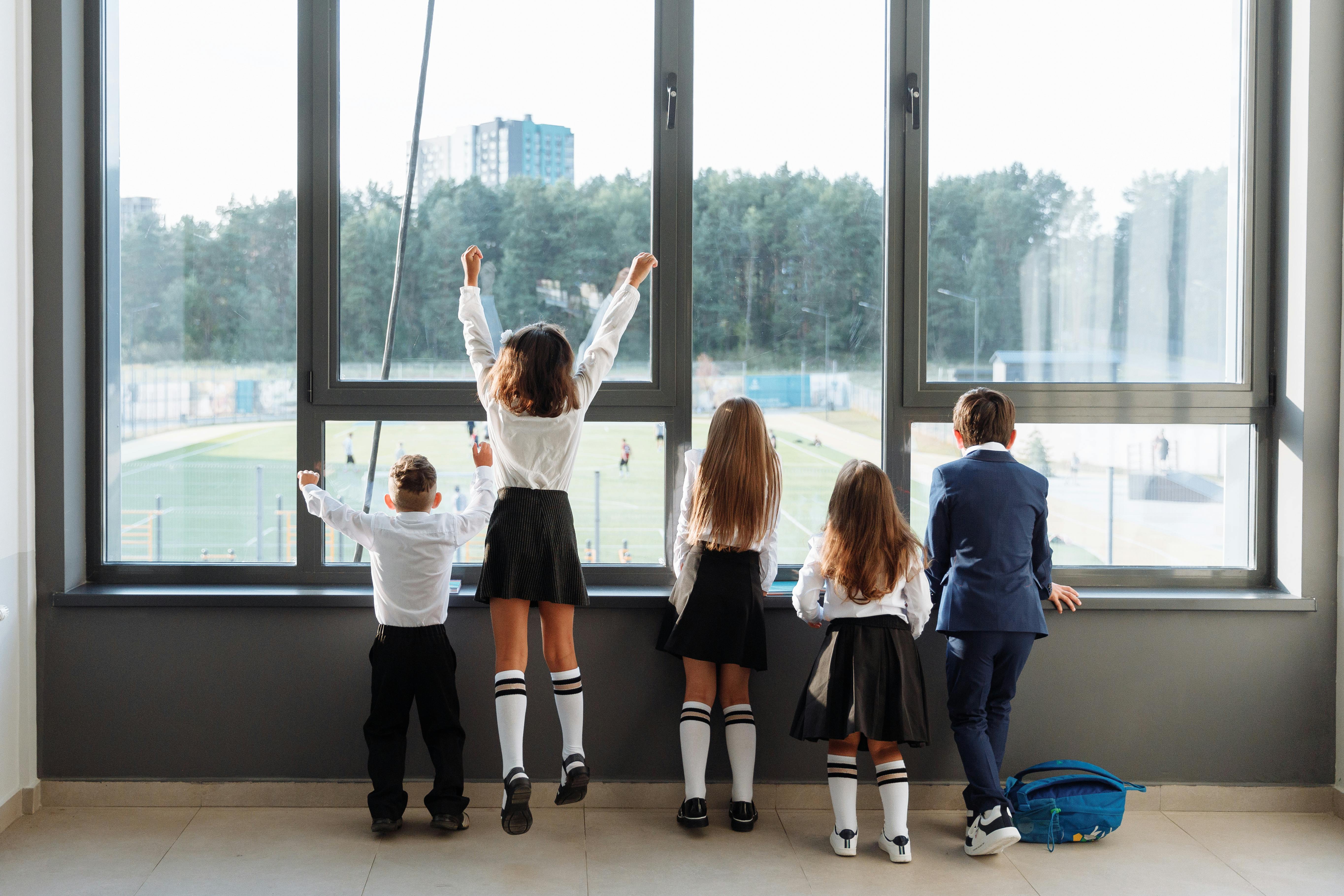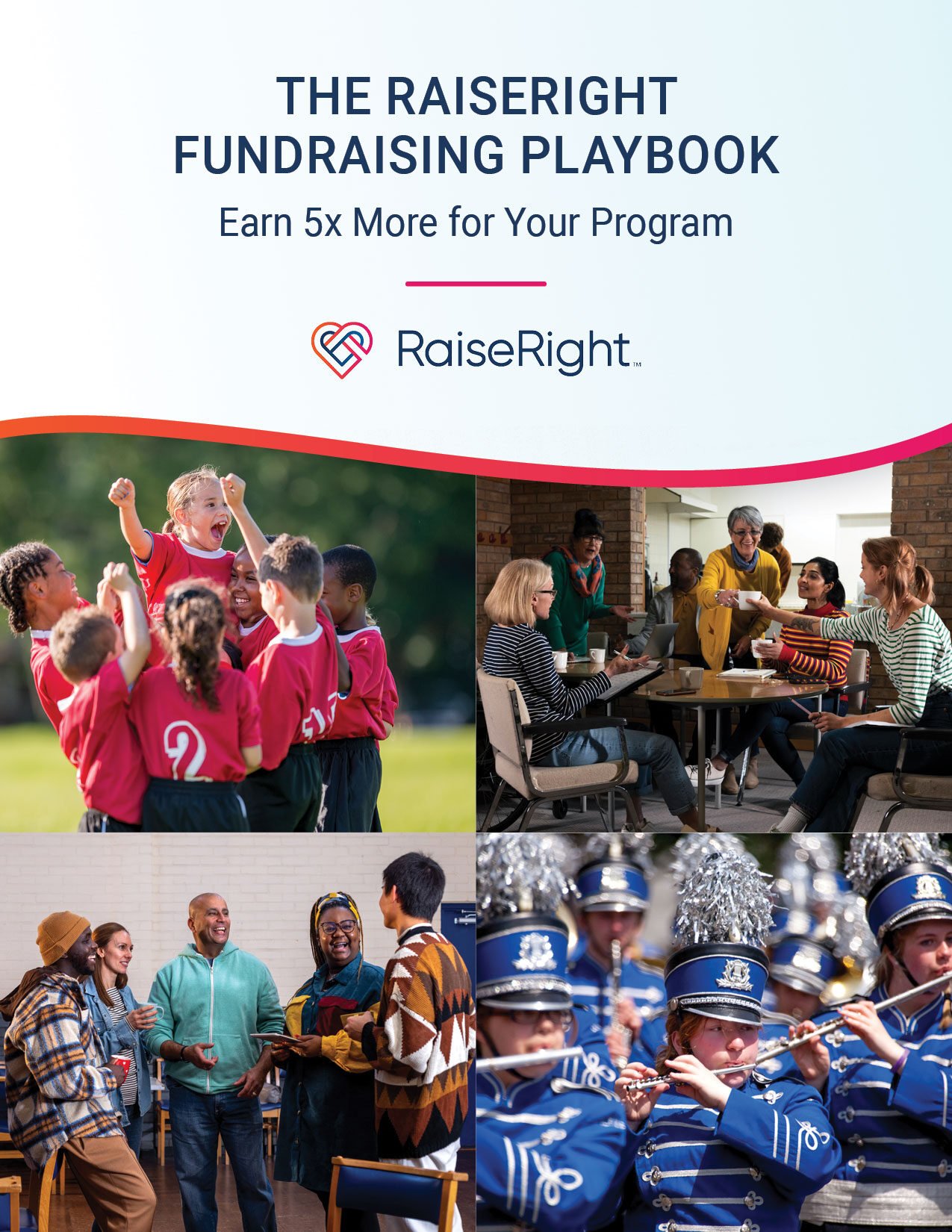Why Are Private Schools So Expensive? 5 Reasons To Help You Decide if It’s Worth It

No matter how you slice it, the cost of attending private schools is expensive. One nationwide report found that the average annual cost of private schooling is $12,790. Meanwhile, tuition at the country’s top boarding schools can surpass $69,000.
The cost of private school seems even pricier when considering the alternative—public school—is tuition-free.
But exactly why are private schools so expensive compared to public ones? And are private schools worth the money? These are the questions we’ll be answering today.

Reason 1: Advanced facilities and technology
Unlike public schools, private schools aren’t always the default choice for parents, so they have to appeal to students (and their parents). One strategy is to invest in cutting-edge amenities that public schools don’t have. These may include:
- State-of-the-art science labs
- Swimming pools
- Fitness centers
- High-tech computer labs
- Quality dining options
- Performing arts theaters
Building and maintaining these top-notch facilities can be costly, and tuition is one way institutions can cover these costs.
Reason 2: Better student-to-teacher ratios
Another way that private schools appeal to students (and justify higher price tags) is smaller class sizes.
According to the National Center for Education Statistics (NCES), public schools have approximately 16 students for every teacher. Private schools, on the other hand, have about 11-12 students per teacher. That means private school students can enjoy more one-on-one time with their instructor, potentially leading to better outcomes.

Reason 3: Non-subsidized staff salaries
Although private schools charge high tuition fees, private school teachers typically earn less than public school teachers. That’s because taxpayers pay for public school teacher salaries, while students’ tuition fees cover private school salaries.
To maintain that lower student-to-teacher ratio, private schools need to hire more teachers and staff, which means more salaries that must be covered by student tuition. Additionally, a significant portion of tuition covers the salaries of other employees, like teaching assistants, school nurses, or janitors.
Reason 4: First-rate education
Between the manageable class sizes and specialized educators, private schools try to offer an improved experience for students. And it seems to be working: time and again, private school students score better on standardized tests.
While performance and education quality ranges from school to school, private schools generally can market a higher standard of education. And with better resources, private schools can give high-performing students the attention and support they need.

Reason 5: Exciting extracurricular options
At a private school, the benefits don’t stop in the classroom. Most schools give students opportunities to try new activities at a high level—many of which aren’t available at public schools.
Some of the extracurricular activities you might find at a private school include:
- Sailing
- Horseback riding
- Orchestra
- Culinary arts
- Beekeeping
Tuition may cover these activities, but you’ll often need to pay extra for your child to participate.
Is private school worth it?
So, yes, private school is expensive. But do you get what you pay for?
In some ways, definitely. If you can afford it, private school offers your child educational and recreational opportunities they may never receive in public school. A quality private school also prepares students for university and beyond—and looks good on a resume, too.
However, to decide if private schooling is truly worth it, you must factor in all the expenses. Private schools come with other hidden costs aside from tuition, including:
- Entrance fees – Many private schools have paid entrance exams and registration fees.
- Uniforms – If your child’s private school has a dress code—and most do—you must purchase the approved clothing. And don’t forget about uniforms for extracurricular activities, like sports or band.
- Technology – Some schools require students to have up-to-date laptops, tablets, or headphones.
Ultimately, what’s “worth it” is different for everyone. If a private school has the teachers, programs, or facilities your child needs to succeed, you could argue that any amount is worth it.

Ways to ease private school expenses
If you decide that private school is a worthwhile investment for your family, you may be interested in strategies to make private school more affordable.
Luckily, there are a handful of options to cover your costs.
Earn money for tuition reduction with RaiseRight
RaiseRight is a fundraising platform that enables you to earn money toward private school tuition or extracurricular fees. In fact, it’s one of the easiest ways to reduce private school tuition, should the cost be a concern.
Over 10,000 private institutions are using RaiseRight, so there’s a strong chance that your school (or the school you’re considering) may already have a RaiseRight program.
If your child’s school is part of the RaiseRight community, all you need to do is join using your school’s unique enrollment code. Then, buy gift cards, shop online, or dine at local restaurants to earn money. With every purchase, you’ll earn up to 20% back to allocate to your child’s tuition or fees.
If your school isn’t set up with RaiseRight, you can encourage them to start a new program that will benefit every parent and child.
Consider School Choice or ESA programs
Currently, over 30 states in the United States provide School Choice benefits. These programs enable parents to use the money that they would typically spend on public schooling and use it instead for a private option. These benefits are available in various forms, such as vouchers, education savings accounts (ESAs), tax-credit scholarships, and tax credits and deductions.
For more information on maximizing school choice benefits, check out our guide here.
Explore alternative options
One of the biggest benefits of investing in private schools is to give your child a better or more specialized education. But what if you could achieve those goals without paying sky-high fees?
Consider looking for low-cost alternatives like:
- Charter schools (independent, publicly-funded schools)
- Magnet schools (public schools with specialized curricula)
- Online schools (flexible, self-guided education)
Read more: Public vs. Private vs. Charter Schools Comparison
Seek out scholarships
You’re probably familiar with scholarships, but you may not know just how many are available. Common sources of scholarships include:
- The school
- Alumni
- Donors
- Local businesses
- Charities
- The government
Be sure to exhaust all avenues by talking to school administrators, friends, colleagues, or local business owners about potential opportunities.
With RaiseRight, private school tuition is attainable
Without a doubt, private school can be a costly pursuit. However, if you see it as an investment in your child’s future, it’s money well spent.
That doesn’t mean you don’t deserve some financial help. With RaiseRight, you can raise funds for your child’s education—just by shopping and dining at the places you love.
Learn more about how RaiseRight works, then encourage your school to get started for free. You’ll be chipping away at your tuition costs in no time.


